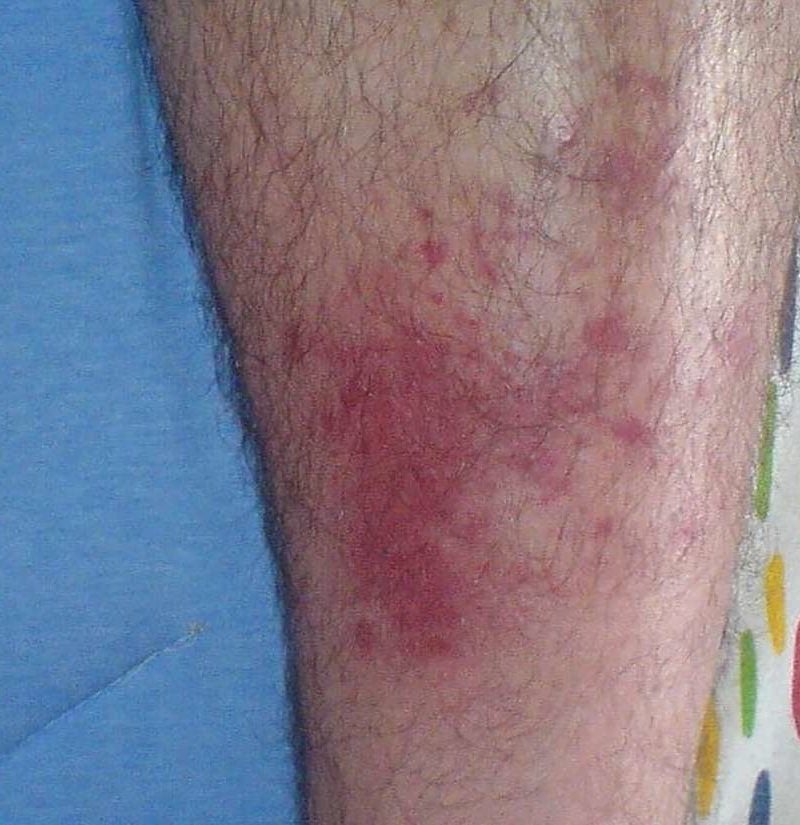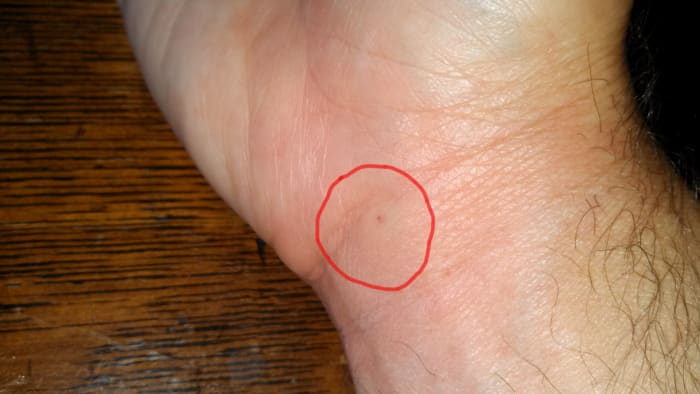

In some cases symptoms can be extensive, may involve an entire limb and may persist for several days. Local allergic reactions involve pain and swelling. Allergies to venomĪn allergy to Hymenoptera venom can be one of two types: local or systemic. Multiple stings also increase your danger level and warrant the immediate attention of a healthcare professional. Contact your doctor or the Poison Control Center if such a sting occurs, and be prepared to go to the nearest emergency room if breathing becomes difficult. If the sting results in significant swelling, it could lead to airway obstruction (blockage) and trouble breathing. The parts of the gastrointestinal tract most likely to be affected include the throat or esophagus (food tube) the insect will not be likely to survive the acid environment of the stomach.


If you are stung on the neck or throat area, inside your mouth or in the gastrointestinal tract (this commonly occurs when the insect is swallowed along with a beverage), there is a moderate risk for a complication. Your primary concern will be minimizing the symptoms of discomfort, which should resolve in a few hours. It is normal to experience immediate localized pain, itching, redness and swelling at the sting site. If you experience a single sting anywhere on the trunk or the limbs, the risk of reaction is low.
NIOSH fastfacts: Protecting yourself from stinging insects.If you are not allergic to Hymenoptera venom, the danger of the exposure will depend on the number of stings and the areas of the body on which you were stung. An unusual case of bilateral empyemaassociated with bee sting. Floor of the nose mucosa lysis and labialabscess caused by a bee sting. Journal of Travel Medicine, 16, 357–364.Retrieved from Recognition, management,and prevention of hymenopteran stings and allergic reactions in travelers. Journal of the Medical Association ofThailand, 89(10), 1766–1769 Corneal injury by bee sting with retained stinger - A case report. Chinwattanakul, S., Prabhasawat, P., & Kongsap,P. You can learn more about how we ensure our content is accurate and current by reading our editorial policy. Healthline has strict sourcing guidelines and relies on peer-reviewed studies, academic research institutions, and medical associations. Methicillin-sensitive and methicillin-resistant Staphylococcus aureus ( MRSA) were the cause of about three-fourths of the infections. A culture four days after the sting produced the bacterial organisms Acinetobacter lwoffii and Pseudomonas.Īnother study looked at infected bites and stings - not exclusively bee stings - treated in emergency departments. In another report, a bee sting to the eye introduced an infection to the cornea. The autopsy indicated the presence of Streptococcus pyogenes bacteria. For example, a paper in Clinical Infectious Diseases reports that a 71-year-old man died after being stung by a bee. When you’re stung, the stinger remains in you and even continues to burrow after the sting, increasing the chance of introducing an infection.īecause infections related to bee stings are so rare, most of the knowledge about them comes from case reports of single individuals. They may pick up infectious organisms and pass them along when injecting venom. How a bee sting might produce an infection is unclear. The correct response is a shot of epinephrine and an immediate trip to the hospital emergency department. With shock, your blood pressure drops and breathing becomes difficult. In a small number of people, the bee venom can send them into shock. Emergency symptomsĪnaphylaxis is the most widely known severe reaction to a bee sting. 
In one report, the signs appeared just under two weeks after the sting. Symptoms might appear 2 to 3 days after the sting. Trouble swallowing and breathing as well as swelling of the lymph vessels have also been associated with a bee sting infection. When infection does occur, the signs are the same as for most infections. In fact, a bee sting rarely becomes infected. Redness and swelling are common at the site of any bee sting. The venom can cause swelling and still more pain, though usually not more than can be handled with cold compresses and an over-the-counter pain reliever.








 0 kommentar(er)
0 kommentar(er)
